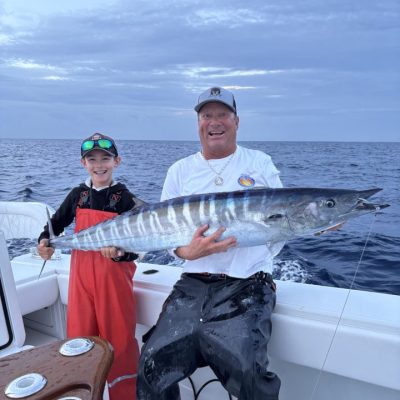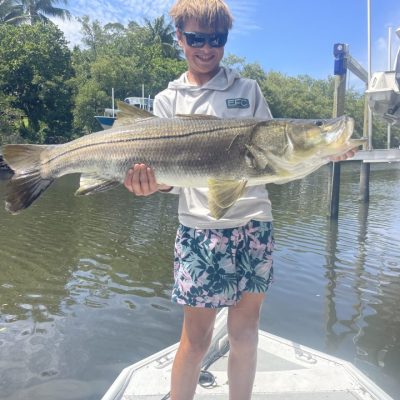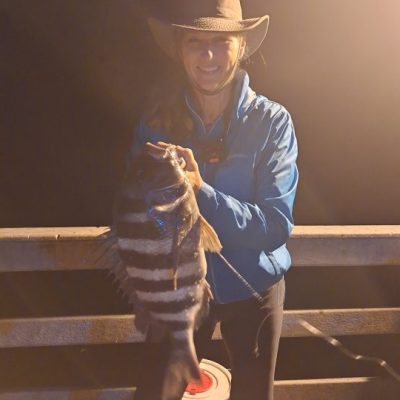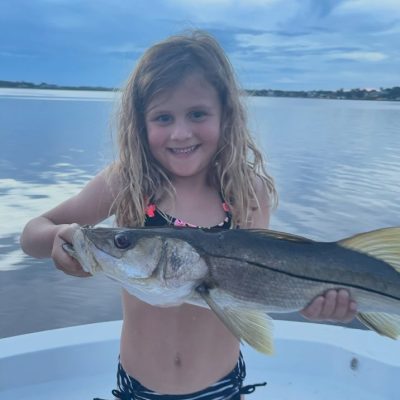Conservation
Environmental and waterway news.
Latest in Conservation
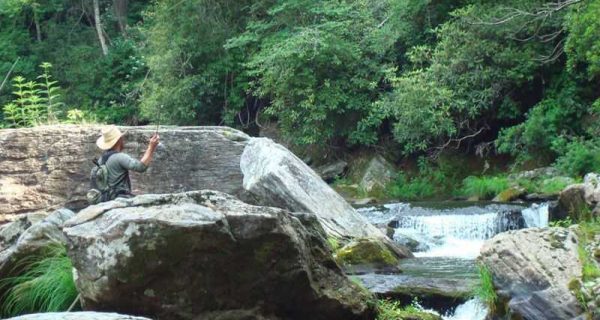
SARP CELEBRATES DECADE OF AQUATIC HABITAT CONSERVATION
Shafts of early morning sun filter through forest cover in the Appalachian Highlands. The sunlight catches a glint of swirling line as an angler casts for brook trout in a recently restored stream.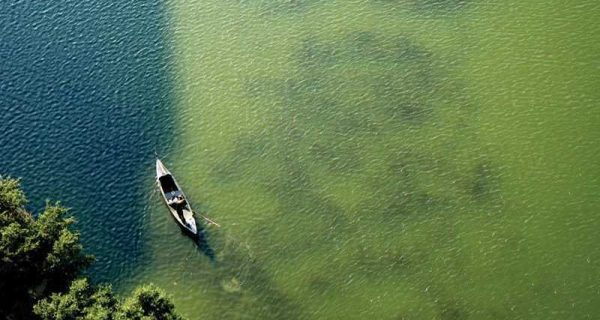
$10M Prize Program for Removing Excess Phosphorus from Waterways
The Everglades Foundation has announced a global initiative offering a $10 million prize to anyone who can solve one of the world’s most daunting environmental problems. Applications are now being accepted.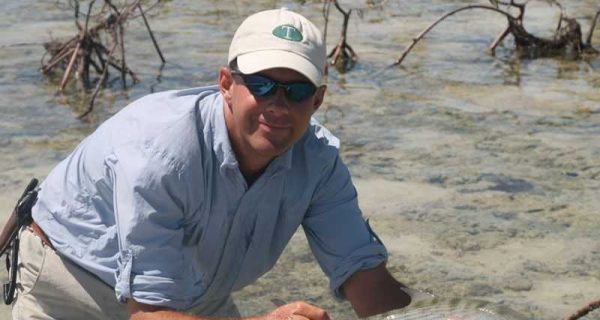
Ghost Stories- Grand Bahama, Grand Indeed!
Ghost Stories is a vital research project aiming to integrate local Bahamian knowledge into fisheries habitat mapping and conservation.
Fishbusters’ Bulletin: Easy-to-keep New Year’s fishing resolutions
By: Bob Wattendorf, with Brandon Thompson [dropcap]I[/dropcap]t’s time to implement your resolutions for 2015. I bet you considered some tried-and-true, …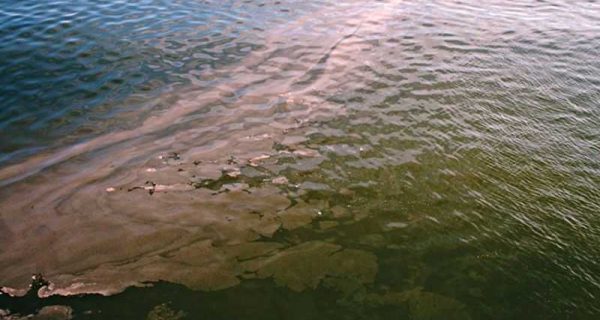
Study Unlocks Mysteries Behind Red Tide
Last month, researchers at the Florida Fish and Wildlife Conservation Commission (FWC) published new findings on Florida’s red tide organism, Karenia brevis, in a special issue of the scientific journal Harmful Algae.

